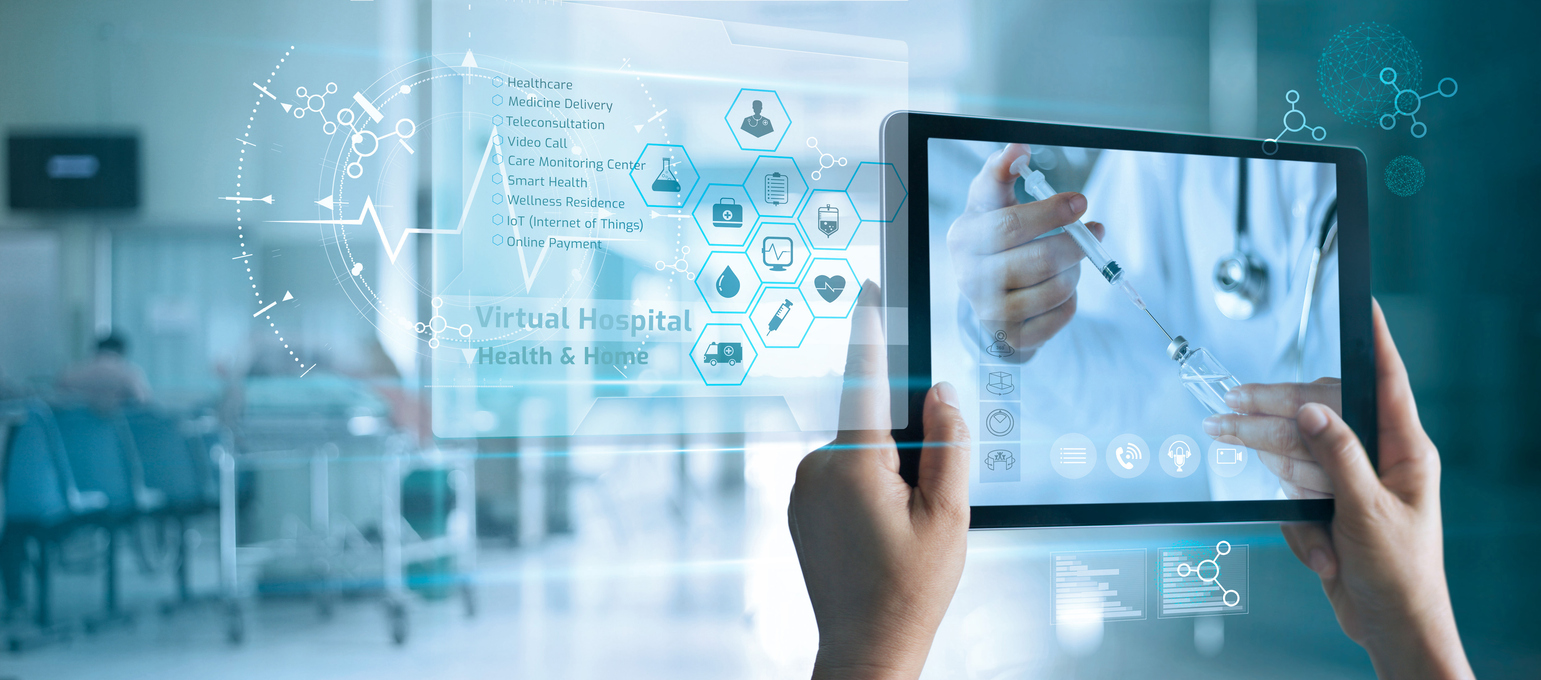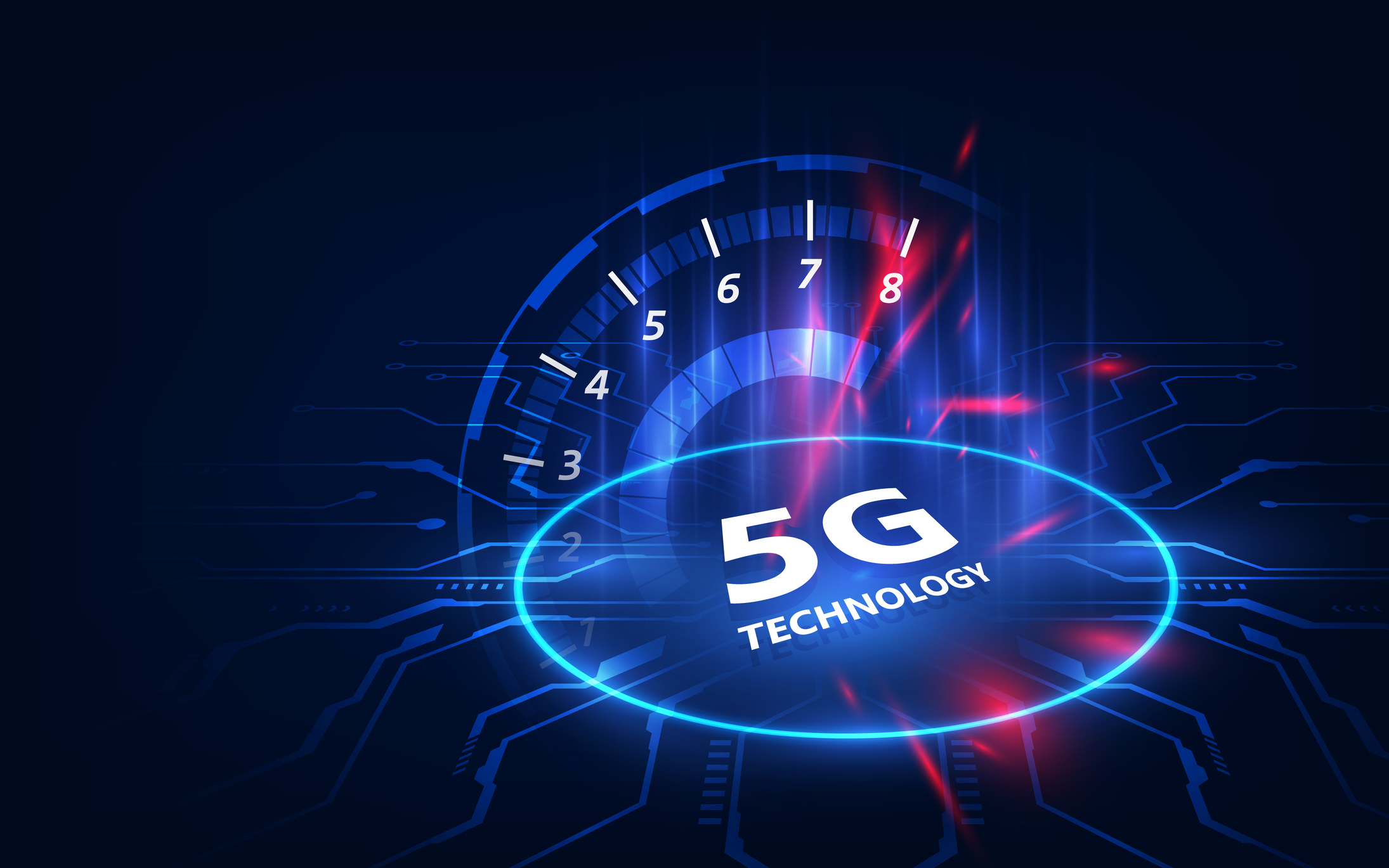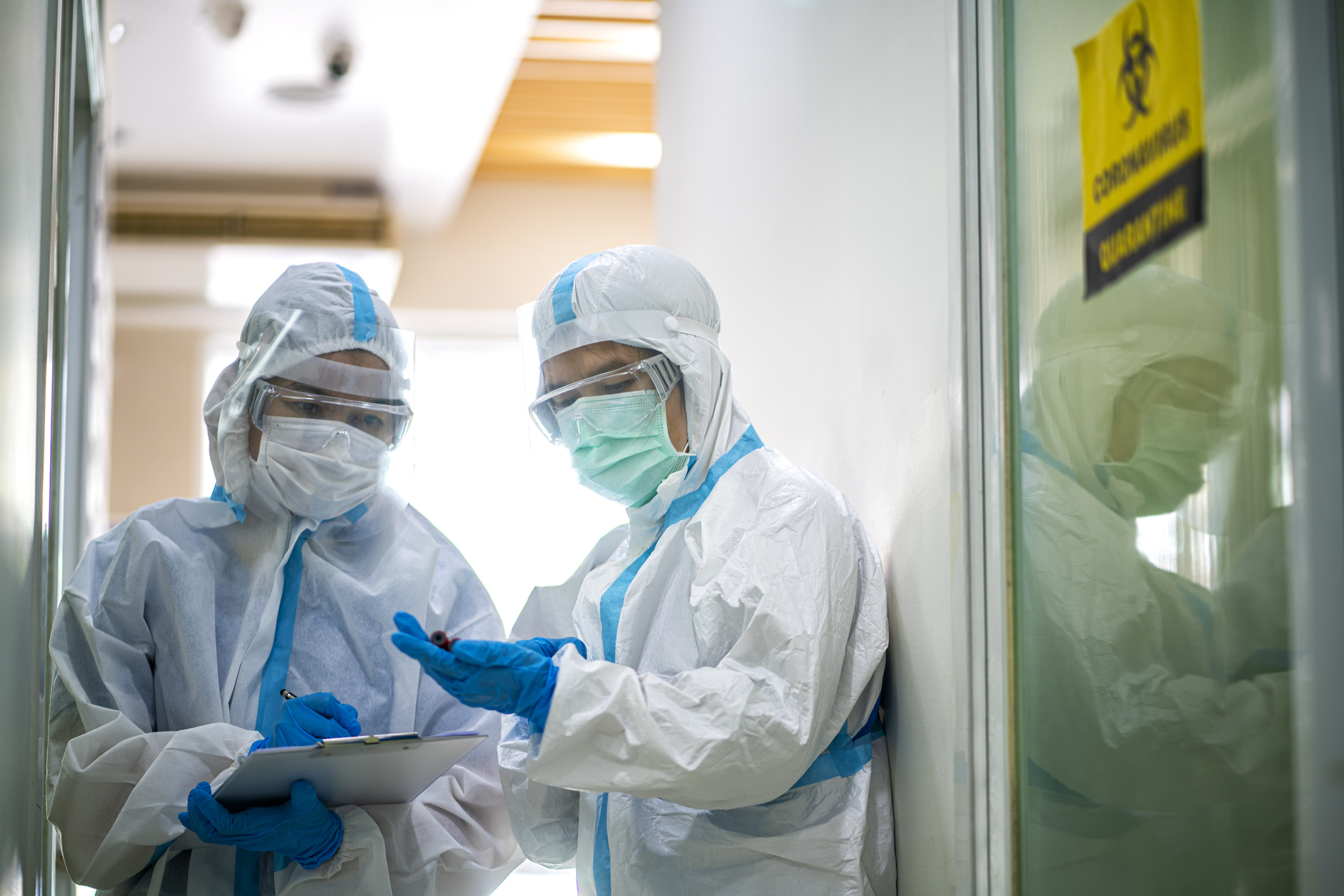Thousands of letters in healthcare are written and distributed every day, including letters to referral services, letters to referring GPs, letters to patients and carers.
COVID-19 has disrupted the healthcare industry and forced healthcare professionals to adapt to a new ‘contactless’ digital practice environment. 2021 will see this disruption continue to evolve and scale, with telemedicine, IoT and data analytics playing an increasing role in optimising better patient outcomes.
The rise of telehealth, IoT, big data and interoperability
In a recent report by HISA highlighting the 7 digital health predictions that professionals believe will happen beyond COVID-19, one of the biggest disruptors highlighted is telemedicine. In the new Clinic to Cloud 2020 Survey: Building a Better Practice Beyond COVID-19, 54% of private practitioners and practice managers said they are working remotely more often now compared to pre-COVID, with 11% now working completely virtually.
Meanwhile, 61% said over a quarter of weekly consults occur via telehealth, and 23% said three quarters or more of weekly consults occur via telehealth.
But telehealth is not just about calling a patient and talking via Zoom. That's probably the most ‘primitive’ part of telemedicine. It’s about leveraging an entire contactless digital ecosystem.
In fact, data, chatbots, IoT, emerging technologies like 5G and blockchain all tie in together when it comes to telemedicine. It's also about leveraging the power of interoperability and being able to connect the dots with various devices to create intelligent health for the doctors.
Patient centricity
Once the pandemic has settled down, medical practitioners will start to realise that the patient, not the doctor, should be at the heart of the decision-making process.
Patient care will become the centre of health care where trends will be driven by patients, not doctors. ‘Patient experience’ is becoming synonymous with ‘customer experience’, where people expect the same personalised, seamless journey, whether they are online shopping, doing their banking or seeing a doctor.
Healthcare disruptors
New entrants will continue to disrupt the sector with technology. More disruptors are entering the market and more apps and services for patients to monitor their own health from the comfort of their own home will be developed.
Traditional boundaries and roles will converge, and masses of historical and new data will be processed by new and intelligent technology that will drive new models of care, world-wide.
One of these disrupters is the growth of cloud computing within the health sector. In 12 months, if medical practices don't move to the cloud they could risk being left behind compared to those who make that cloud transition. The acceleration is just beginning.
Industry overlap
Healthcare is beginning to overlap with other sectors and industries. In fact, HISA reports health service delivery and pharma are moving from consumer supplier relationships to competitors/collaborators.
Health related services are even beginning to be provided by house and automobile providers, lifestyle businesses and tourism operators.
This is because more people are realising the things that influence one’s health often aren’t purely ‘clinical’. Health, wellbeing and ill health are pervasive - wherever people go and whatever they do. So there are greater and wider opportunities to embed health and related services outside traditional clinical practice models.
Role of technology in convergence
The protected boundaries of professional clinical practice will continue to diverge and meld. While core competencies of specific roles may not move, what will blur are those competencies and activities at the edges of what has traditionally defined clinical roles, according to HISA.
As demand for health services continues to outstrip supply, this convergence will accelerate. Much of the role of convergence will be enabled through technology such as the use of artificial intelligence, surgical robotics and telemonitoring to enable nurses and midwives to be trained to perform certain surgeries.
Chatbots are a good example of this. While they are known for enabling customer service on e-commerce sites, in a healthcare setting when they are combined with AI and data, they can alert patients with preconditions.
Instead of being routine and reactive, we will see a far more proactive clinical experience. Imagine a scenario where you can even use historic data or ancestry data to create powerful algorithms. You can predict certain conditions, then monitor those, then use chatbots to actually prompt proactive care plans to create maximum value to the patients’ wellbeing.
Big data, AI and predictive analytics
There has been a lot of discourse over the past few years as to the rise of AI in healthcare and how predictive analytics can help improve diagnostic accuracy, minimise risk and improve clinical efficiency.
A recent McKinsey Report revealed if our ageing population continues to grow at the same rate, without major structural and transformational change, healthcare systems will struggle to remain sustainable. The report also showcased data from the World Health Organisation that found health systems would also need a larger workforce, but although the global economy could create 40 million new health-sector jobs by 2030, there would still be a projected shortfall of 9.9 million physicians, nurses and midwives globally over the same period. Building on automation, artificial intelligence (AI), has the potential to revolutionise healthcare and help address some of these challenges, the report stated.
Data will be used from other sectors and industries to inform healthcare professionals on a patient's well being. HISA reports vast amounts of new health and health-relevant data will be captured via sensors in home and working environments, not to mention those worn, implanted and even ingested.
In a digital society and economy, data originating outside the historical health system can no longer be ‘disregarded or downplayed’ by health services. Many traditional clinical health tracking will be replaced or supplemented by continuous monitoring via ‘always-on devices’.
On top of this, next-generation telemedicine needs to have a platform that can do data exchange at scale. Masses of data will be crunched by AI and new insights will be gleaned.
Health service delivery will be improved by more sophisticated quality metrics drawn from an ecosystem of digital health tools. Care options may be determined by enhancing expert judgment with algorithms fed by information from selective patients around the world.
In order for that to happen, there needs to be the right architectures and security parameters, as well as the right cloud-based foundations to allow for things like real-time monitoring. In fact, The HISA report says many routine visits to a clinician may be replaced by continuous monitoring and virtual consultations.
The intersection of data, virtual reality and augmented reality
These algorithms, as discussed earlier, can be used within virtual reality (VR) and augmented reality (AR) especially to optimise certain clinical and surgical procedures. In fact, VR and AR technology can help project the desired outcome straight onto the site of operation. This is already being used, but it’s only going to get better.
VR and AR will also continue to help shape medical education, where students and doctors alike can replicate a surgery similar to that of a flight simulation. In fact, we’re already seeing vast inroads in VR and AR being used in obstetrics studies, in labs to better understand Alzheimers, and even to help autistic children.
‘Blurring’ of healthcare services
Healthcare services and industries will overlap as health professionals see a broadening of the health sector to incorporate the arbitrary boundaries placed between the health, aged care, mental health, social services and disability sectors.
According to HISA, digital health has the potential to make substantive changes to health behaviours and systemic factors. However, this will involve digital disruption – changes to longstanding business and funding models, policy settings and possibly professional structures.
The future of healthcare is exciting, and it’s all about collaborating, education and leveraging the right digital ecosystems to put the patient at the very centre of their own care.
To find out more about Clinic to Cloud’s innovative solutions click here or contact us today for a personalised demo.
This article was featured on ITWire. Read it here.




